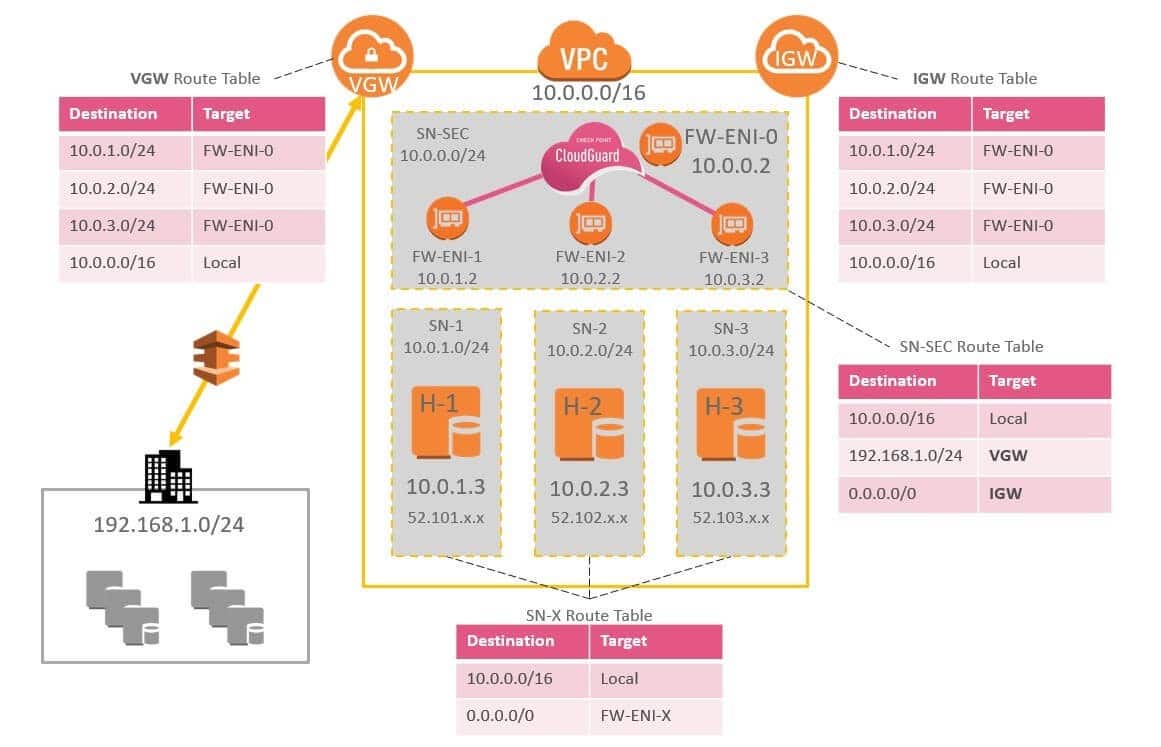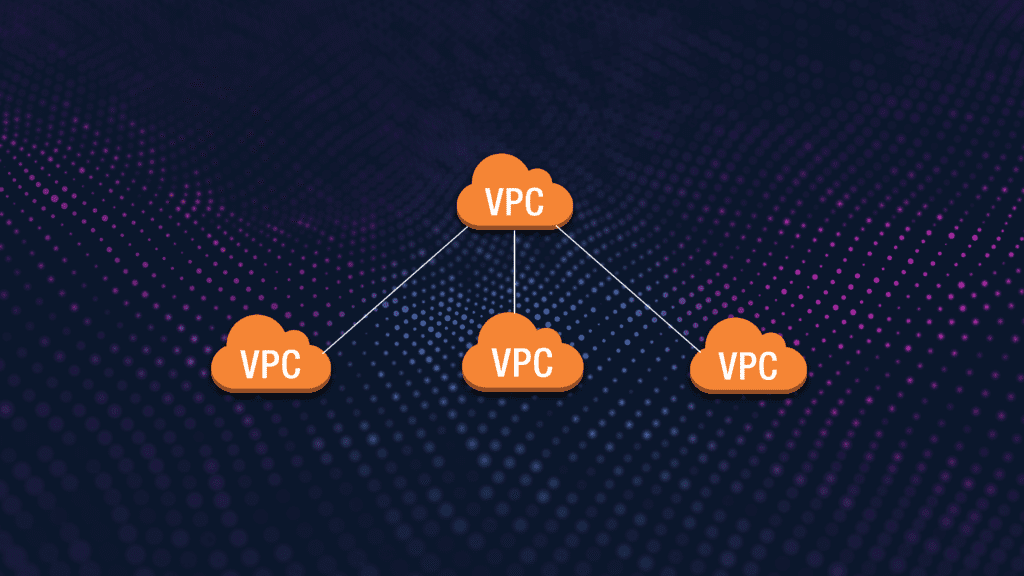Amazon VPC Pricing & Costs: Key Insights & Strategies
Are you grappling with the complexities of cloud computing costs? Navigating the pricing structures of services like Amazon VPC (Virtual Private Cloud) can seem daunting, but understanding the nuances is crucial for optimizing your cloud spending and maximizing the value of your infrastructure.
Amazon VPC provides a foundational element for building secure and isolated networks within the Amazon Web Services (AWS) cloud. It grants users complete control over their virtual networking environment, including resource placement, connectivity, and security protocols. The flexibility it offers is undeniable; however, understanding the associated costs is paramount to effective cloud management. While the creation and basic use of a VPC are free, several optional components and features come with their own pricing models. These include, but are not limited to, NAT gateways, IP Address Manager (IPAM), traffic mirroring, reachability analyzer, and network access analyzer. For detailed information, consult the comprehensive Amazon VPC pricing documentation, which is regularly updated to reflect the latest changes and offerings.
To delve deeper into the financial aspects, let's break down some key considerations. Firstly, it's essential to understand that the core VPC itself, the virtual network container, comes at no direct cost. This means you can create and configure VPCs without incurring initial charges. However, the resources you deploy within the VPC, such as Amazon Elastic Compute Cloud (EC2) instances, Amazon Relational Database Service (RDS) databases, and other AWS services, are subject to their respective pricing models. Moreover, certain VPC components necessitate specific fees. For example, when you provision a NAT (Network Address Translation) gateway, you are charged on an hourly basis for its availability, along with a per-gigabyte fee for the data it processes. This pricing structure necessitates careful consideration of your application's traffic patterns and resource usage.
Consider the implications of data transfer charges. AWS, like all cloud providers, charges for data moving in and out of the cloud. While some data transfer within a VPC is free, particularly within the same availability zone, costs can accrue based on the volume of data transferred, the destination, and the services involved. Starting May 1st, 2021, all data transfer over a VPC peering connection that stays within an availability zone (AZ) is free. Therefore, a thorough understanding of how data flows within your VPC is crucial for cost optimization. The principle of keeping resources within the same availability zone as the NAT gateway can significantly reduce these charges if your resources exchange substantial traffic across availability zones. The use of services such as AWS Cost Explorer can help you monitor and analyze your VPC-related costs and usage patterns.
One critical area to watch is data transfer pricing for VPC peering connections that span different availability zones or regions. Data sent over VPC peering connections that cross availability zones within the same AWS region is charged, and the cost can vary depending on the region. Data transfer across regions incurs higher charges, thus impacting your overall cloud expenditure. Proper architecture and resource placement are crucial to keeping these costs manageable. This is also true for data transfer related to other services, such as internet gateways and virtual private gateways.
Here's a table summarizing the key components of Amazon VPC and their associated cost considerations:
| Component | Function | Pricing Considerations |
|---|---|---|
| VPC (Virtual Private Cloud) | Provides an isolated virtual network in the AWS cloud. | Creation and basic usage are free. Costs are associated with the resources deployed within the VPC. |
| NAT Gateway (Network Address Translation Gateway) | Enables instances in a private subnet to connect to the internet or other AWS services while preventing inbound connections initiated from the internet. | Charged per hour of availability and per gigabyte of data processed. |
| IP Address Manager (IPAM) | Simplifies the planning, tracking, and monitoring of IP addresses within your VPC. | Offered in two tiers with associated costs. See the IPAM tab on the Amazon VPC pricing page for details. |
| Traffic Mirroring | Captures network traffic from EC2 instances for monitoring, analysis, and security purposes. | Pricing varies based on the number of mirrored resources and the duration of use. |
| Reachability Analyzer | Troubleshoots network connectivity by analyzing the reachability between two points in your VPC. | Costs based on the number of probes created and the duration of analysis. |
| Network Access Analyzer | Analyzes the security posture of your network to find potential vulnerabilities and misconfigurations. | Costs related to analysis runs. |
| VPC Peering | Connects two VPCs, enabling traffic to be routed between them using private IPv4 or IPv6 addresses. | Data transfer charges apply for data sent over VPC peering connections that cross availability zones. Data transfer within the same AZ is now free. |
To provide a practical example, consider the cost implications of running a NAT gateway. As mentioned, you are charged per hour for its availability and per gigabyte of data processed. For example, if your NAT gateway is operational for a full month (720 hours) and processes 1000 GB of data, the cost calculation is as follows:
Hourly cost: $0.052 per hour (example rate, varies by region) x 720 hours = $37.44
Data processing cost: $0.045 per GB (example rate, varies by region) x 1000 GB = $45.00
Total Estimated Cost: $37.44 + $45.00 = $82.44
These costs are estimates; exact pricing depends on the AWS region, the data volume, and the specific pricing model in effect at the time. For accurate, up-to-date pricing, always consult the official AWS documentation. Always examine your existing infrastructure and expected traffic loads to project costs as accurately as possible.
Beyond understanding individual component pricing, several strategies can help you optimize costs within your VPC. One of the most impactful strategies is to place your AWS resources, which send or receive a significant volume of traffic, within the same availability zone as the NAT gateway. This minimizes data transfer charges, as data transfer within the same AZ is free. Another crucial factor is efficient network design. A well-designed network can reduce the amount of data transfer needed, therefore lowering associated costs. Utilizing AWS services such as Amazon CloudWatch to monitor resource utilization can identify potential bottlenecks or inefficiencies, such as unnecessary data transfer or over-provisioned resources, that can be addressed to reduce costs.
Moreover, consider leveraging AWS's cost management tools. AWS Cost Explorer is a powerful tool that allows you to view your current costs and usage, analyze trends, and forecast future spending. By proactively monitoring your costs, you can identify areas where you can optimize your resources and reduce your overall cloud bill. Furthermore, be mindful of data transfer costs when using VPC peering connections across availability zones or regions. Where feasible, explore options to minimize cross-zone or cross-region traffic. For instance, ensure that applications and databases that frequently communicate with each other are located in the same availability zone to avoid unnecessary data transfer fees. Also, if your workload allows, consider using AWS services that are optimized for data transfer, such as Amazon S3, which may have lower transfer costs in certain scenarios.
IPAM (IP Address Manager), another VPC component, offers tools for managing and monitoring IP addresses. It's offered in two tiers, each with varying costs. To optimize IPAM costs, evaluate your organization's IP address management needs and select the tier that aligns with your requirements. Consider the features offered in each tier and the number of IP addresses managed. This is a great opportunity to ensure efficient resource usage.
For instance, suppose you need to send data across availability zones within the same AWS region. While data transfer within an AZ is free, and you decide to set up 3 VPC subnets to the first 4 destinations at $0.10 per monitored resource per hour. the projected cost calculation can be shown as below.
3 720 hours $0.10 = $216 per month.
This highlights the importance of understanding the cost drivers for each component and service within your VPC environment. The detailed and up-to-date pricing information and cost optimization guidance are available in the Amazon VPC pricing section, and the AWS documentation.
In essence, while the Amazon VPC provides a flexible, powerful tool for managing your cloud infrastructure, its cost-effectiveness hinges on informed decision-making and proactive monitoring. A clear understanding of the pricing models of the components involved, the implementation of cost-saving strategies, and the continuous monitoring of resource utilization are critical steps towards optimizing cloud spending and deriving maximum value from your AWS environment. Remember to stay abreast of the latest changes in AWS pricing models, and use the available cost management tools to maintain control over your cloud expenditures.
Ultimately, the key to managing the costs of your Amazon VPC environment is to be informed, proactive, and strategic. By understanding the pricing models, implementing cost-saving measures, and using the available cost management tools, you can optimize your cloud spending and maximize the value of your AWS infrastructure.


